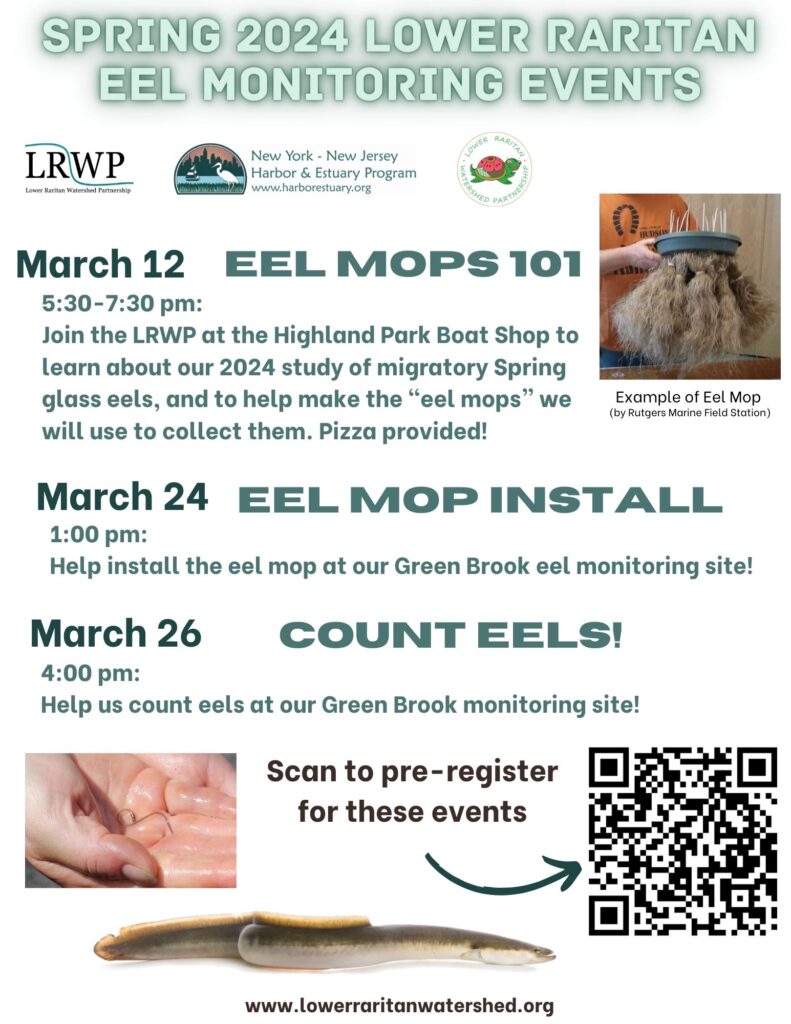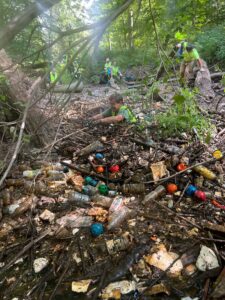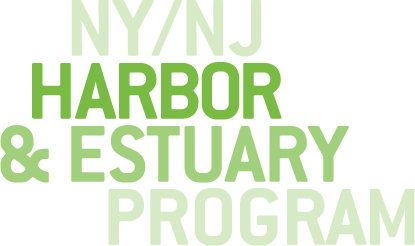The LRWP to Monitor for Migratory Eels in the Green Brook
Article by LRWP Spring 2024 Intern Alyssa Phillips, Photos by Heather Fenyk
Running from March-May 2024 the LRWP will monitor for Migratory “Spring Glass Eels” in the Green Brook. This eel monitoring project will augment an on-going litter reduction project, including installation of a Litter “Trash Trap” device, along the waterway between Dunellen and Middlesex. This article is the first in a blog series about the migratory eel monitoring and litter reduction projects, and how you can get involved!
Pre-registration required for all events.

Each Spring, the endangered juvenile American eel, Anguilla rostrata (aka “glass eels”), travel more than 1,000 miles from the Sargasso Sea to coastal estuaries along the United States, including the New York/New Jersey Harbor Estuary. Sometimes these marathon migrators make it even further upstream into freshwater tributaries of the tidally-influence Raritan River.

American glass eels are catadromous, meaning they spawn in the ocean (saltwater) and then migrate to brackish estuaries to live out the rest of their lives (which can be up to 30 years). American Eels are called spring glass eels in their early stages of life due to their time of migration and appearance. When they are first born and enter North American estuaries the eels are nearly transparent, giving the appearance of glass. Ribbon-like in shape, they average 45-65 mm in length by the time they are 6 months when they begin the upstream swim to their freshwater homes.
One of the biggest issues that American glass eels face are obstacles while migrating. These obstacles range from large litter and trash, to dams and turbines. Additional threats to the glass eels population is habitat degradation and pollution, including stormwater runoff.

From March-May 2024, the Lower Raritan Watershed Partnership is conducting a two-part habitat study to learn whether Spring Glass Eel make it as far as one Raritan River tributary called the Green Brook, and whether removal of trash blockages along the Green Brook waterway aids their passage. Through the LRWP’s Glass Eel Community Science Monitoring Project the organization will catch and count the number of juvenile Spring glass eels found in a portion of the Green Brook River prior to, and after, the installation of a mechanical pollution reduction device called a Bandalong Bandit “Trash Trap”. The project study site is located in Dunellen at approximately Jefferson Ave.
By catching and counting Spring glass eels in March, the organization seeks to establish baseline data regarding the presence of these animals in Green Brook prior to the implementation of a pollution reduction device. Monitoring for the presence of Spring glass eels in May, after the April installation of the Trash Trap, will give a sense of whether the trash trap positively or negatively impacted a critical species of aquatic wildlife.

Goals of this community science project include supporting community members in hands-on science studies, and connecting youth with the beauty and fascinating habitat of often overlooked urban streams. By linking glass eel studies to trash reduction efforts, we also seek to bring attention to the positive impact of community clean-ups, as well as to support public understanding of the Green Brook waterway as a vibrant aquatic habitat. We anticipate that the reduction of plastic debris will benefit aquatic and semi-aquatic wildlife, like that of the Spring Glass Eels, by reducing microplastic ingestion, reduce potential exposure to contaminants, and allow for easier migration upstream by removing trash blockages. Join us!
With many thanks to the NY/NJ Harbor & Estuary Program and the Hudson River Foundation for their generous support of this program:


